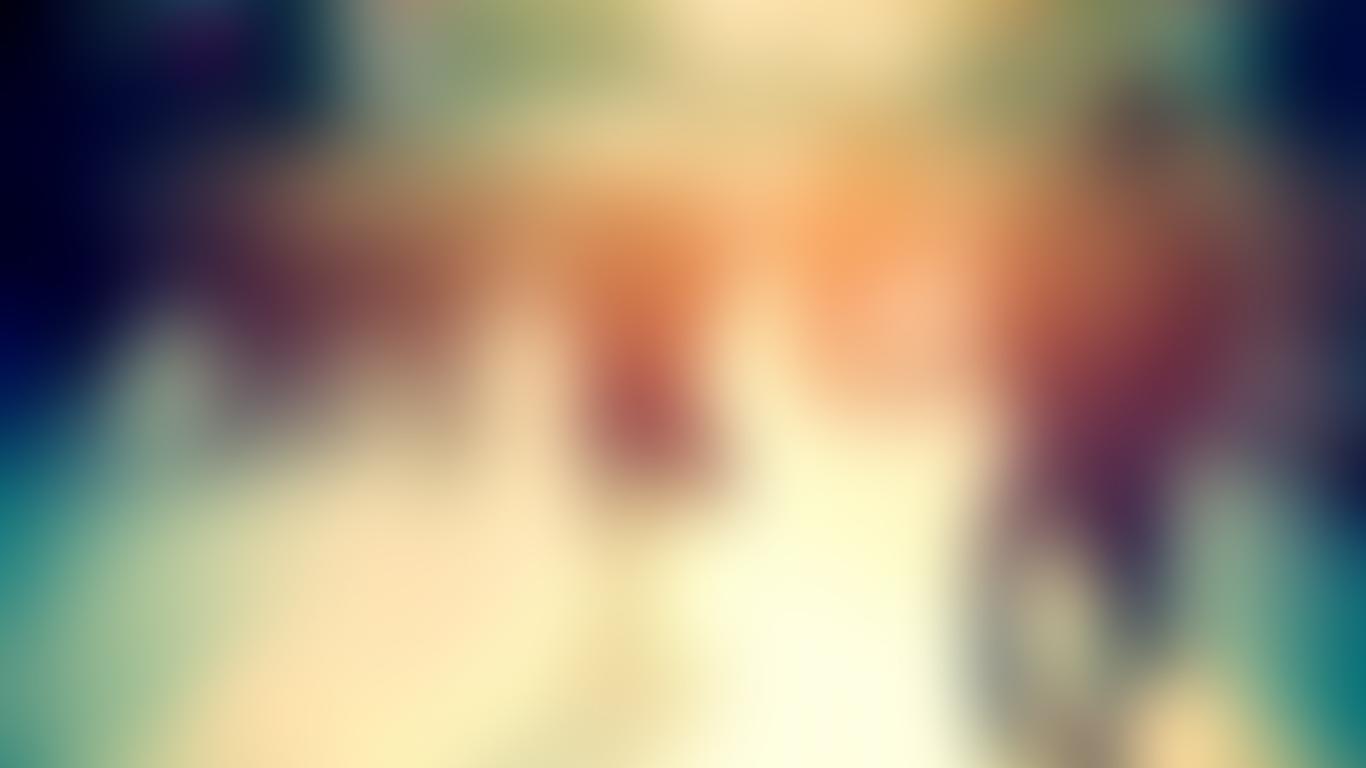Located partway between Klaipeda and Šiauliai, Plunge is a small city in Lithuania’s north-west. It was first mentioned as a town in 1567 and flourished in the following years, becoming known for its production of fibre flax and cotton. Up until the events of World War II, Plunge serve as an important cultural hub for Lithuanian Jews.
Things to do in Plunge
One of Plunge’s most magnificent buildings is the Mykolas Oginskis Palace, which was completed in 1879 for a Polish count. Today, it is occupied by the Samogitian Museum and its impressive collection of artworks reflecting the cultural heritage of the region. Grab an audio guide to learn more about the Lithuanian and international artists who are represented in the gallery spaces.
Surrounding the palace is Plunge Park, a beautifully landscaped green space with meandering walking trails and a centrepiece fountain. Let the kids run loose in the children’s playground or relax beside one of the tranquil ponds. Also within the park is the Palace Clocktower, a Neo-Gothic-style structure with a 12-metre-high tower that stands as the oldest red brick building in Plunge.
A short drive north of Plunge is the Cold War Museum, which occupies a former Soviet Union ballistic missile silo launch site. Hidden underground, it deployed several missiles between 1963 and 1978 that had the capability of causing widespread destruction. Today, its labyrinth of subterranean rooms houses exhibits about propaganda strategies and life at the military base.
Getting around Plunge
Plunge is around a one-hour drive from Klaipeda and Palanga International Airport, which has flights to destinations across Europe. Regular trains connect from Vilnius and Klaipeda to the Plunge railway station and buses travel through the city. The centre of Plunge can easily be explored on foot.





